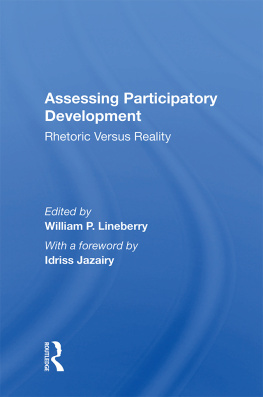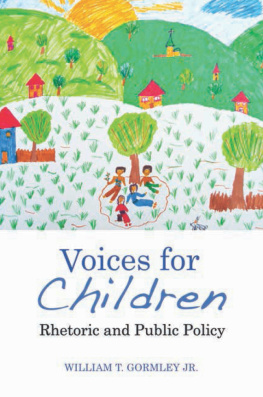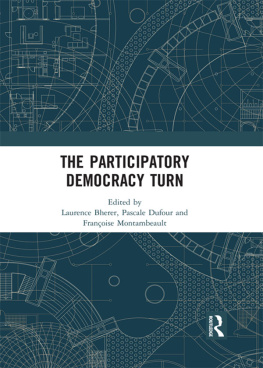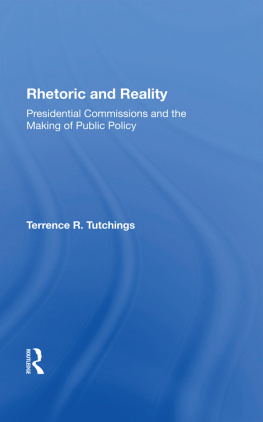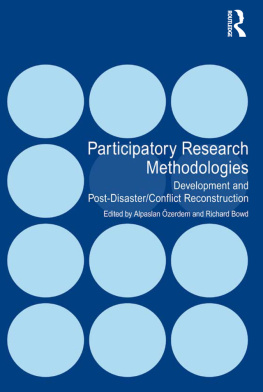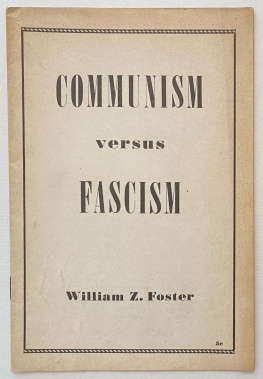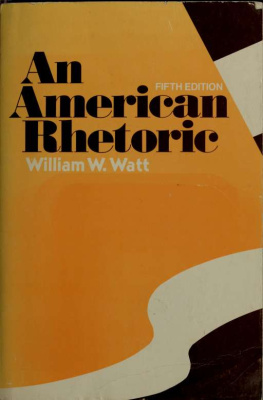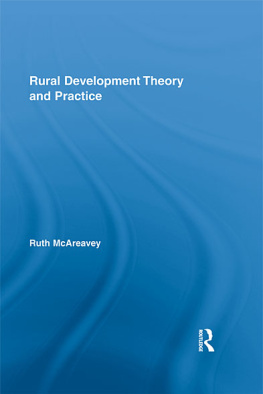First published 1989 by Westview Press, Inc.
Published 2018 by Routledge
52 Vanderbilt Avenue, New York, NY 10017
2 Park Square, Milton Park, Abingdon, Oxon OX14 4RN
Routledge is an imprint of the Taylor & Francis Group, an informa business
Copyright 1989 Taylor & Francis
All rights reserved. No part of this book may be reprinted or reproduced or utilised in any form or by any electronic, mechanical, or other means, now known or hereafter invented, including photocopying and recording, or in any information storage or retrieval system, without permission in writing from the publishers.
Notice:
Product or corporate names may be trademarks or registered trademarks, and are used only for identification and explanation without intent to infringe.
Library of Congress Catalog Card Number: 89-5253
ISBN 13: 978-0-367-01317-2 (hbk)
Hunger and poverty continue to grow in a world which nevertheless produces more than enough food to feed its people, is increasingly rich in production and trade, and is more inventive and technologically advanced than it ever was in the past. According to UN figures one-fifth of the world's population lives in absolute poverty and half of these people are chronically undernourished.
The international community has begun to turn its attention to the structural flaws which perpetuate hunger and poverty in the Third World. For example, private and public bankers are launching new schemes for debt relief. The World Bank is calling for increases in North-South capital flows and encouraging "income-generating activities and investments in human resources, which reinforce the positive impact of growth on poverty reduction". Prime Minister Gro Harlem Brundtland of Norway, Chairman of the World Commission on Environment and Development, has identified the deterioration of the environment and the prospects for development as the gravest problems, next to the threat of nuclear war, facing the world today.
This increased emphasis on global structural adjustments, on the environment, and on the human dimension of development is significant, yet if the true concern is with people and with poverty eradication, a thorough review of current conceptual approaches is in order. For example, the debt burden afflicting many developing countries has undoubtedly added to the destitution of the poor. The poor, however, suffered from hunger before the debt crisis, and they are likely to continue to suffer from hunger should it be resolved. Environmental stress and deterioration is as much a consequence of poverty and hunger as it is a cause. Poor people will gradually degrade and exhaust their resource base in the struggle to survive. In most cases they have no other choice. Moreover, statements reducing people to the level of "human resources" or mere production inputs in a mechanistic society along with capital and other material resources tend to confuse the objective of development assistance which is to help human beings realize their full potential as end users - not just as inputs to generate growth in GDP.
Far too often development organizations have approached poverty alleviation as a welfare problem or as an addendum to a broader strategy aimed at promoting growth. Projects conceived and implemented by outside organizations have failed because adequate consideration was not given to the importance of local participation. Some development efforts, however, have provided new insights into poverty alleviation. They have shown that poverty alleviation works best when it begins at the household level, that the direct involvement of the poor is critical and that self-help is the key to success. Through these projects the development community is continually being reminded that the poor must be actors in - not the objects of - anti-poverty strategies.
In Mali, for example, past rural development projects have fallen short of their objectives largely for lack of local involvement. It was discovered that when the local population is not invited to participate in the planning and implementation of the project, there is little hope that they will maintain it once it is completed. With this knowledge the International Fund for Agricultural Development (IFAD) supported the Village Development Fund Project in Segou, which relies on the traditional village association - the "ton" - to ensure village participation and responsibility. The "ton" is well suited for this task since it is the traditional owner of village lands and serves as a local social security system.
Financial resources for the credit component of the project come from the villagers' savings which are matched by project contributions. The savings and contributions, in turn, provide security for group credit from the local branch of the Development Bank (BNDA). Villagers thus have access to two lines of credit - one from the Village Fund and the other from the Development Bank. Interest earned on loans from the Village Fund is ploughed back into the fund itself. The Village also gets 2.5% of the interest it collects on Development Bank loans as a collection fee. As a result, the Village benefits both from access to credit as well as from its repayment. This innovative approach to participatory development is already having positive results. In the first two years of operations repayment rates were recorded at 100%.
This and other projects in Africa, Asia and Latin America have demonstrated that by following a participatory approach, investing in the production potential of die poor can bring high returns. Over the past ten years IFAD has invested US$2.6 billion in self-help participatory development projects in more than 90 of the world's poorest countries. Globally IFAD loan repayment rates are recorded at over 90%. What these projects have shown is that the poor are eager to participate in their own development, provided they have a sense of power and control over their individual involvement.
Self-reliance should not be confused with autarky or the pursuit of development in an economic vacuum. Nor does it mean that traditional modes of development involving transfers of expertise, technology and capital have become irrelevant. The challenge rather is how to best direct these necessary inputs so as to stimulate the creativity and initiative of the poor. Herein lies the importance of sensitivity on the part of external donors to indigenous conditions.
Since the rural poor are aware of their own environment and its potential, external assistance should be combined with local knowledge and wisdom to design small-scale projects which are easily managed and maintained but do not rely heavily on imported technology and do not have large recurrent costs.
A growing number of development organizations are joining hands with IFAD in exploring this micro-economic participatory approach. Indeed the Development Committee of the World Bank recognized in September 1988 "the important role played by the International Fund for Agricultural Development in the fight against poverty".


